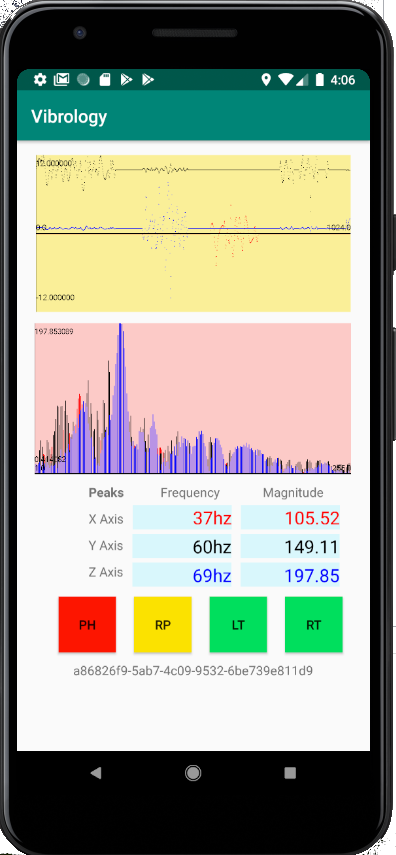by Jaye Mosier October 2020
JamworksPro is engaged in all aspects of the software development life cycle. From conception to inception quality is the fundamental driving principle. JamworksPro designs and creates software solutions that are elegant, well documented and provide uncomplicated maintainability, extensibility and scalability.
JamworksPro creates software for all operating system platforms and database management systems in any environment including Cloud, Distributed and Web.
JamworksPro provides custom software solutions as well as an extensive base of software titles for Data Management as well as Educational tools. Titles currently published include
- placeRvation, A Super Simple Place Reservation System.
- Math Dynamics, the Multivariate Expression Based Graphing Calculator.
- Vibrology, the core app for The Pothole Project.

Introducing placeRvation, a Simple Space Reservation System
Introducing Math Dynamics, the Online Arithmetic Machine
Introducing Vibrology, a Fast Fourier Transform Analyis for Low Frequency Signals
Introducing The Pothole Project, designed to address our collective pothole problems






